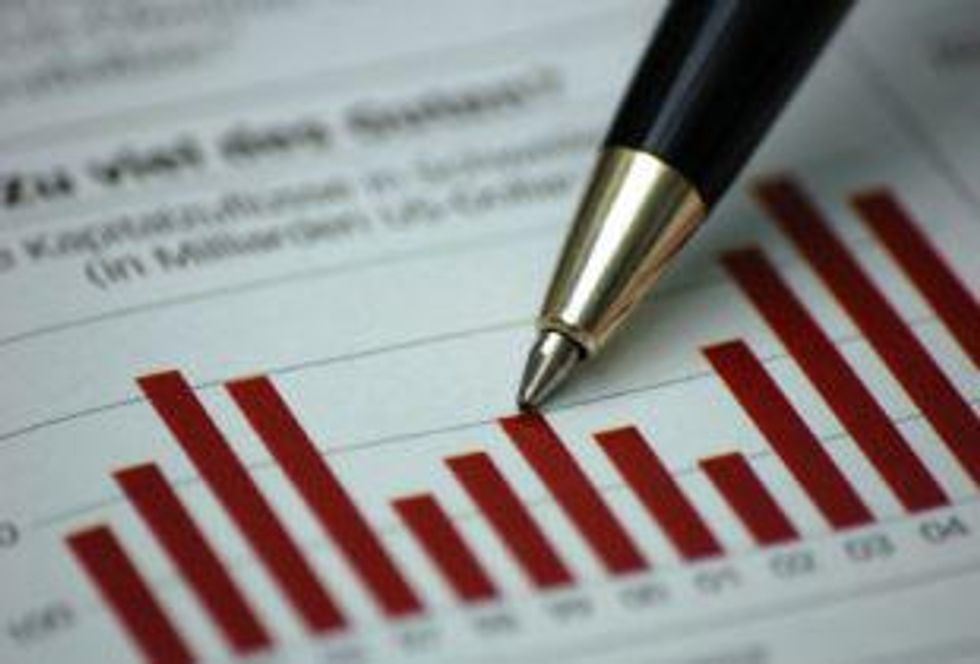The price of manganese is a good barometer for the health of an economy primarily because of its use in steel, a prime component of infrastructure projects. The price has moved lower, but remains stable. Also, improvements to South African railways are planned to meet new demand from new, massive manganese projects.
By Michael Montgomery—Exclusive to Manganese Investing News
Manganese prices have shifted lower slightly, yet have remained stable alongside other metals used in steel alloys. The price of manganese is a good barometer for the health of an economy primarily because of its use in steel, a prime component of infrastructure projects and other consumer products such as automobiles. Tensions remain high about the direction of the global economy, and the demand for steel going forward, explaining in part why the market seems to be in a holding pattern. While manganese prices have moved lower as a whole, prices have improved for high grade manganese primarily from Australia and South Africa imported into China.Manganese supply and demand fundamentals
A chief concern is not in the depressed steel markets in Europe and North America, but the overproduction of steel primarily in China.
“The danger at the moment is that global steel production is running well ahead of steel consumption. Steel consumption is at 5-6 percent and global production is at 8 percent,” stated Roger Manser, a consultant for Steel Business Briefing.
While China is both the world’s largest producer and consumer of steel, the record production totals earlier in the year have outpaced consumption.
China did become an importer of manganese in 2010, a sign that many analysts of the manganese market have cited as a sign for what is to come in the manganese market. However, the importation of manganese into China may be a sign of oversupply of manganese more than increased consumption of the metal.
“Prices have gotten so low that it is now economical for some mills in China to import manganese alloys. This is not likely to be the start of a meaningful trend nor is China going to suddenly become a major net importer of manganese alloys,” state Helen O’Malley, a manganese specialist with the CRU Group. O’Malley added, “[S]tocks of manganese ore at Chinese ports have built up sharply in the last year… The widespread belief is that most of these stocks are held by Chinese traders who bought the material back when the price was higher.”
The owners of these stockpiles will most likely not be selling off the stocks until prices move higher.
The Chinese steel market is predicted to grow well into next year. Many large scale infrastructure projects are on the books in China’s Five year plan, and automotive demand should also remain high. However, the record total for steel production as well as a faltering world economy may dampen prospects.
South African railway expansion
South Africa is home to approximately 80 percent of the world’s known manganese deposits, yet the nation only supplies just 15 percent of the market. Many large scale manganese projects are in the works, but are being held back by a logistical problem, the lack of shipping capacity on South African railways and ports.
Transnet, the South African railway operator, is looking for short and long term solutions to increase capacity. The railways are able to transport about 4.8 million tons of manganese per year to Port Elizabeth, and another 1 million tons to the port in Durban. However, with many of the planned manganese projects, as well as the iron ore that needs to be shipped, the capacity is simply not enough.
One planned project from Tshipi e Ntle Manganese Mining Ltd. has a projected annual output of 2.4 million tonnes. This and other projects are pushing the railway over the limit. Transnet is conducting a feasibility study that should be completed in February that seeks to expand the total capacity of the railways to 12 million tonnes a year from 7 million tonne capacity currently. The company hopes to expand to 22 million tonnes by 2017.


